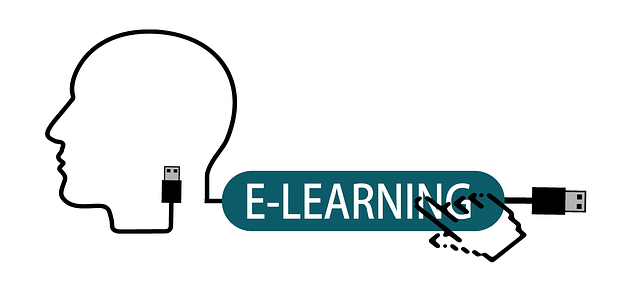Is E-learning going to dominate in the future?
For the past two decades, there has been an increasing emphasis on the use of e-learning, with many e-learning advocates arguing that not only is e-learning less expensive than bringing employees together in a classroom, but also that e-learning is actually a more effective learning method than face-to-face instructor-led training. Some e-learning zealots have even claimed that e-learning is always the better solution to learning needs.

E-learning, in my view, certainly can be an effective learning method for some subjects and an effective adjunct to instructor-led training in many other instances. There is no doubt that e-learning can reduce costs for participant travel, for building and maintaining classroom facilities, and for instructors. But there are many instances in which face-to-face instructor-led training is still the best solution to learning needs. Some of the advantages I would like to mention
- Confidentiality
A good classroom instructor will create a safe environment for learning and get the participants to agree that anything that is said or done in the classroom is confidential (“What’s done in the classroom stays in the classroom”). For example, in a management training class, a participant may want to discuss a specific problem he or she is having with a particular employee. In an asynchronous e-learning environment, this isn’t possible. In a synchronous e-learning environment, the manager may be leery of talking about a specific employee problem because he or she doesn’t know who else is participating in the class and is worried about the discussion becoming known by that employee. - Learning From Other Participants
In every class or conference I have ever attended, I have found that at least half the value I receive comes not from the training content (no matter how good it may be), but from my informal interaction with other participants, during the class, at breaks, or over lunch, dinner, or drinks. While on-line discussion groups can offer such opportunities for informal interaction, they cannot match the experience of interacting face-to-face. - Breaking down Silos
Getting people from different business units and functional groups together in a classroom can help to break down the silos that inhibit cross-unit dialog and cooperation. At one company, a management training program that brought people together from different business units around the globe resulted in two managers from different business units developing an idea for a new company business that resulted in a new business unit that yielded hundreds of millions of dollars a year in new revenue, and the new business unit could not have been created by either of the business units alone. In many other cases, I have seen problems solved more quickly because a participant was able to get help from another person in a class instead of sending a request up through his business unit, across the top level to another unit, and then down that hierarchy to get the help that was needed.
However, we cannot deny the fact we do require E-learning methodology as a support of the classroom session. A good blend of the two different worlds will give an overall need for the employee(s)

